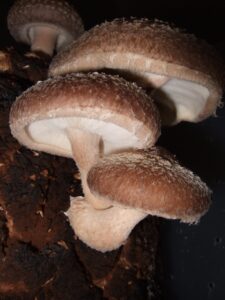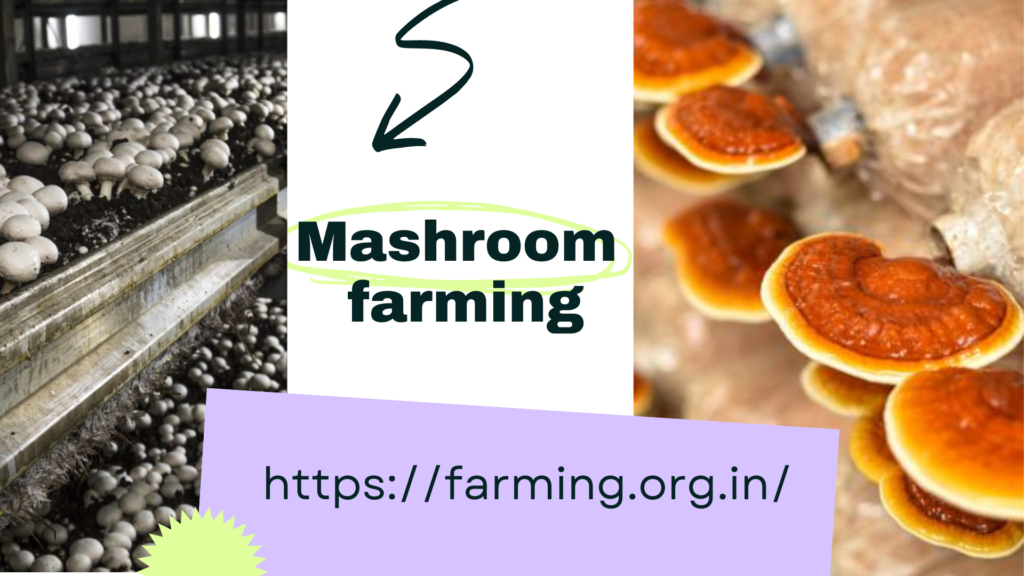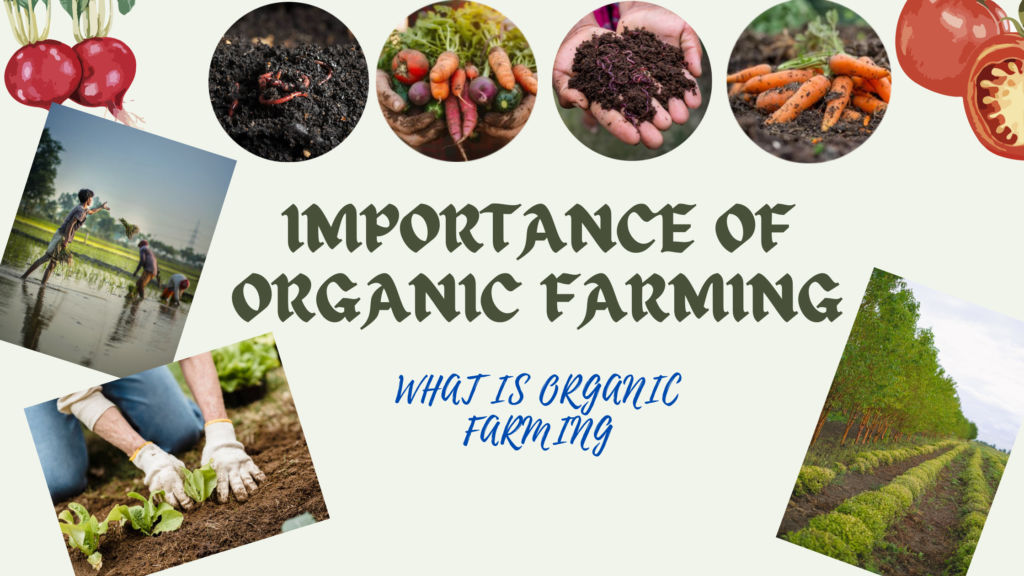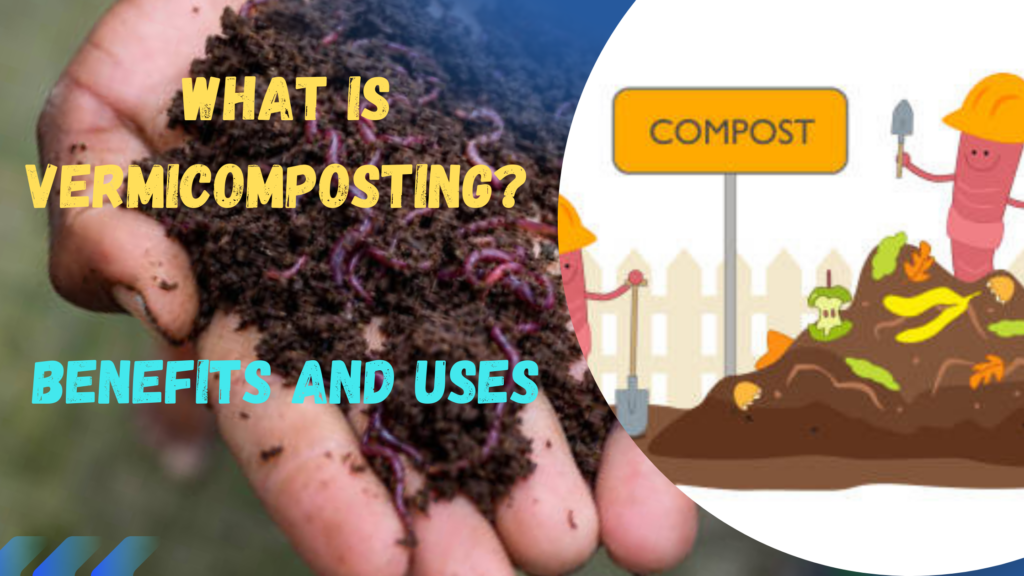What is Mushroom Farming?
In recent years, mushroom farming has surged in popularity, and it’s no wonder why. These fascinating fungi offer an array of benefits, from their culinary versatility to their potential for environmental sustainability. Whether you’re a seasoned gardener or a curious newbie, mushroom farming is an accessible and rewarding venture that can transform your space and your palate. Here’s a deep dive into the enchanting world of mushroom farming and how you can get started.
Why Grow Mushrooms?
1. Nutritional Powerhouses: Mushrooms are not just delicious—they’re also incredibly nutritious. They’re a great source of vitamins, minerals, antioxidants, and protein. Varieties like shiitake, oyster, and maitake offer unique health benefits and flavors that can elevate any dish.
2. Space Efficiency: Unlike traditional crops, mushrooms don’t require large amounts of space. They can be grown in small areas, making them perfect for urban environments and limited spaces.
3. Sustainability: Mushroom farming can be a green endeavor. Many mushroom varieties grow on organic waste products, such as sawdust or coffee grounds, which helps reduce landfill waste and promotes recycling.
4. Low Start-Up Costs: Getting started with mushroom farming doesn’t require a huge investment. Basic supplies include spores or spawn, growing medium, and a suitable growing environment, which can be as simple as a closet or a basement.
Getting Started: A Beginner’s Guide
1. Choose Your Mushroom Type: There are hundreds of mushroom varieties to choose from, but starting with a few popular and easy-to-grow types can make the process more manageable. Here are some beginner-friendly options:
- Oyster Mushrooms: Fast-growing and adaptable, they thrive in a variety of substrates and are perfect for beginners.

- Shiitake Mushrooms: Known for their rich flavor and culinary versatility, they grow well on hardwood logs or sawdust.

- Button Mushrooms: Commonly found in grocery stores, they’re relatively easy to cultivate in controlled environments.

2. Select a Growing Medium: Mushrooms need a suitable substrate to grow. This could be straw, wood chips, sawdust, coffee grounds, or even cardboard. Different mushrooms prefer different substrates, so be sure to match the medium with the type of mushroom you’re growing.
3. Obtain Spawn or Spores: Spawn is the material that contains the mycelium (the vegetative part of the fungus) needed to propagate mushrooms. It can be purchased from specialty suppliers and comes in various forms, such as grains, sawdust, or plugs.
4. Prepare Your Growing Environment: Mushrooms generally need a dark, humid environment to thrive. This could be a specially designed mushroom kit, a grow tent, or a dedicated area in your home. Maintain consistent humidity and temperature levels to encourage growth.
5. Inoculate the Substrate: Mix the spawn with your chosen growing medium, ensuring an even distribution. This process is called inoculation. Once done, place the inoculated substrate in a container or growing bag, and let it sit in a dark, warm place until the mycelium has fully colonized the substrate.
6. Care and Harvesting: Once the substrate is fully colonized, move it to a fruiting environment with fresh air and light. Keep the humidity high and maintain the right temperature for fruiting. With patience and proper care, you’ll soon see mushrooms sprouting. Harvest them before they overgrow for the best flavor and texture.
Tips for Success
- Cleanliness is Key: Maintain a clean environment to prevent contamination from competing fungi or bacteria.
- Monitor Conditions: Regularly check temperature, humidity, and air circulation to ensure optimal growing conditions.
- Experiment and Learn: Mushroom farming can be as much about experimentation as it is about following procedures. Don’t be afraid to try different methods and substrates to see what works best for you.
The Future of Mushroom Farming
As we look to the future, mushroom farming holds exciting potential beyond just culinary uses. Innovations in mycelium-based materials offer possibilities for sustainable packaging, building materials, and even food security. As our awareness of environmental issues grows, mushroom farming stands out as a viable and eco-friendly solution.
Whether you’re aiming to grow your own gourmet mushrooms, contribute to sustainability, or explore new agricultural frontiers, mushroom farming offers a unique and fulfilling experience. Embrace the magic of fungi, and you might just find a new passion that’s both delicious and rewarding!
Happy farming!
Feel free to share your own mushroom farming stories or questions in the comments below. What varieties have you tried, and what tips do you have for beginners?
If you too want to learn about Mushroom farming at home and get valuable tips, visit https://farming.org.in/growing-mushrooms-at-home/



Nice post! You have written useful and practical information. Take a look at my web blog 81N I’m sure you’ll find supplementry information about Airport Transfer you can gain new insights from.
Bookmarked, so I can continuously check on new posts! If you need some details about Cosmetics, you might want to take a look at QU9 Keep on posting!
Hurray, this is just the right information that I needed. You make me want to learn more! Stop by my page QH6 about Car Purchase.
Truly appreciate your well-written posts. I have certainly picked up valuable insights from your page. Here is mine 63U about Thai-Massage. Feel free to visit soon.
Your writing style is cool and I have learned several just right stuff here. I can see how much effort you’ve poured in to come up with such informative posts. If you need more input about Adsense, feel free to check out my website at 57N